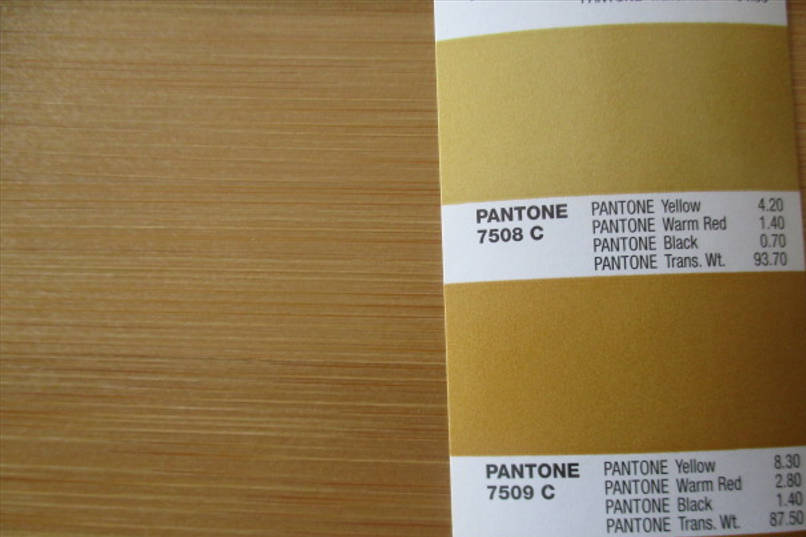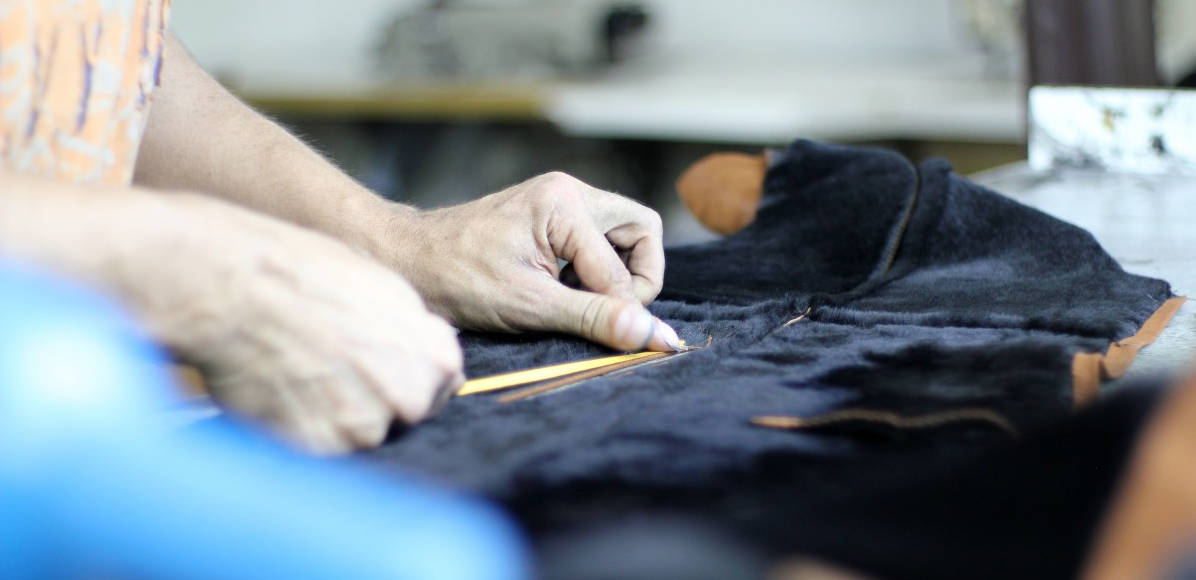
Bamboo and wood are natural materials that have been widely used for crafting various products, ranging from furniture to household items. Ensuring the quality and durability of these products is essential to meet consumer expectations and maintain the reputation of manufacturers. Quality testing methods play a crucial role in identifying potential flaws, weaknesses, and defects in bamboo and wooden items. This article will delve into different techniques for inspecting the quality of bamboo and wooden products.

Contents
1.Visual Inspection
Visual inspection is one of the simplest yet effective methods for assessing the quality of bamboo and wooden products. Manufacturers, retailers, and consumers can identify visible defects such as cracks, knots, discolorations, and irregularities in texture through careful visual examination. While this method does not delve into deeper structural issues, it provides an initial impression of the product’s overall quality.
2.Dimensional Measurements
Accurate dimensions are vital for functional and aesthetically pleasing bamboo and wooden products. Measuring dimensions such as length, width, and height ensures that the product matches the specifications outlined by manufacturers. A simple measuring tape or caliper can be used to confirm that the product meets the required dimensions.
3.Moisture Content Testing
Bamboo and wood are hygroscopic materials, meaning they absorb and release moisture based on the surrounding environment. High moisture content can lead to warping, cracking, and decay. Moisture content testing involves using a moisture meter to determine the moisture levels within the product. Proper moisture levels are crucial to ensure the stability and longevity of bamboo and wooden items.
4.Strength and Load Testing
For products like furniture and structural elements, strength and load testing are crucial to assess the product’s ability to bear weight and withstand pressure. Testing methods such as bending tests, compression tests, and tension tests can be employed to determine the strength and load-bearing capacity of bamboo and wood. These tests help manufacturers understand how their products will perform under different stress conditions.
5.Adhesion and Joint Testing
Bamboo and wooden products often involve joints and adhesive bonds. Adhesion testing ensures that glue or adhesive used in joining different parts of the product has proper bonding strength. Various methods, such as peel tests and shear tests, can assess the strength of adhesive bonds and the quality of joints, preventing potential failures due to weak connections.
6.Surface Hardness Testing
Surface hardness testing evaluates the resistance of bamboo and wooden products to indentation or scratching. This is particularly important for items like flooring, tabletops, and countertops. Techniques like the Brinell hardness test or the Rockwell hardness test can be employed to measure the material’s hardness and durability.
7.Finish Quality Inspection
The finish of bamboo and wooden products affects both their aesthetic appeal and protection against wear and tear. Inspecting the finish quality involves evaluating factors like smoothness, gloss, color consistency, and uniformity of coating. This can be done through visual inspection and by running a hand over the surface to detect any rough spots or uneven areas.
8.Durability Testing
Durability testing involves subjecting bamboo and wooden products to simulated real-world conditions to determine their performance over time. This can include exposure to temperature variations, humidity changes, and mechanical stress. By simulating the product’s expected usage environment, manufacturers can identify potential weaknesses and design flaws that might lead to premature deterioration.
9.Environmental Testing
Bamboo and wood products can be susceptible to environmental factors such as insects, fungi, and UV radiation. Environmental testing involves subjecting products to conditions that simulate these threats, helping manufacturers evaluate the resistance and durability of their products against such challenges.
Conclusion
Quality testing is an integral part of the production process for bamboo and wooden products. By employing a combination of visual inspection, dimensional measurements, moisture content testing, strength and load testing, adhesion and joint testing, surface hardness testing, finish quality inspection, durability testing, and environmental testing, manufacturers can ensure that their products meet industry standards and consumer expectations. These testing methods not only enhance the quality and durability of bamboo and wood items but also contribute to customer satisfaction and the long-term success of manufacturers in the market.




